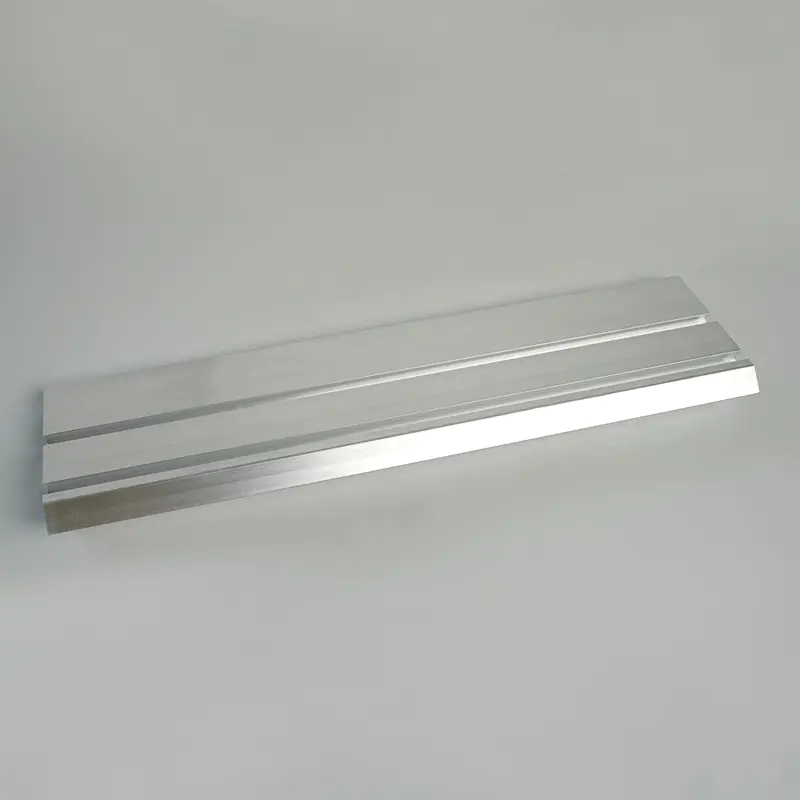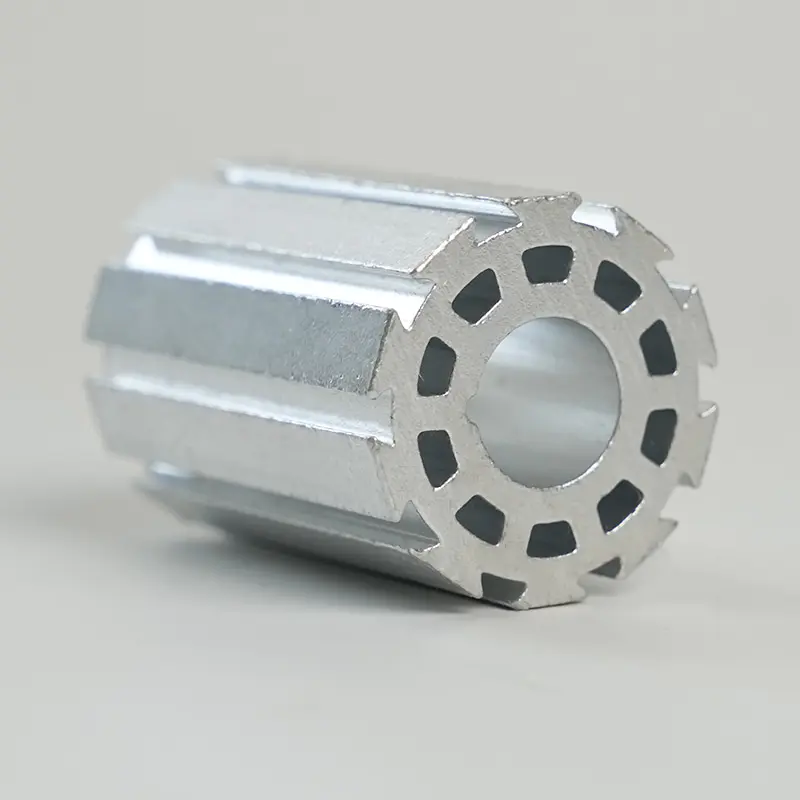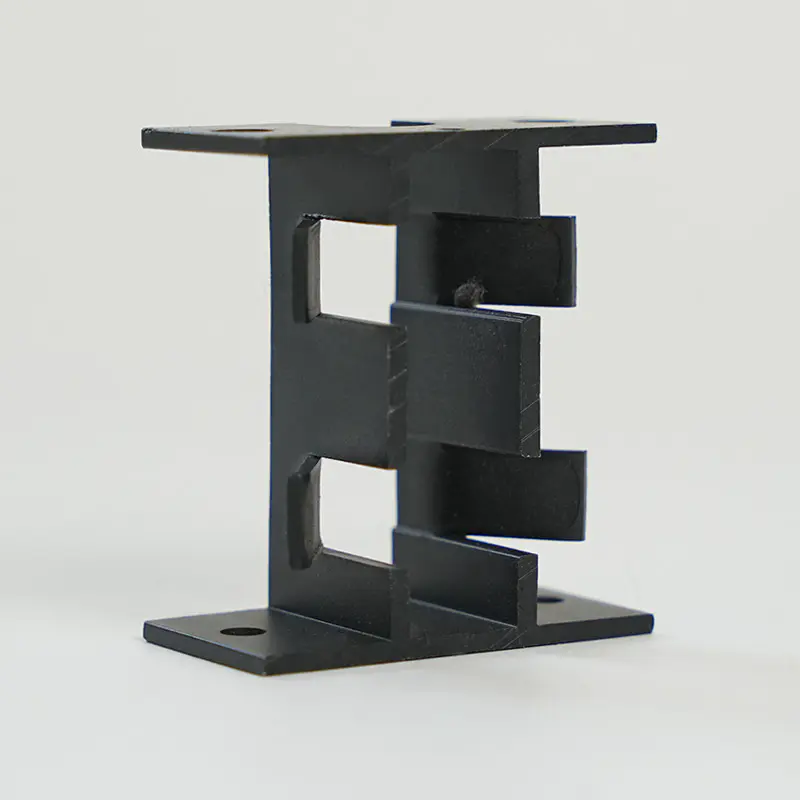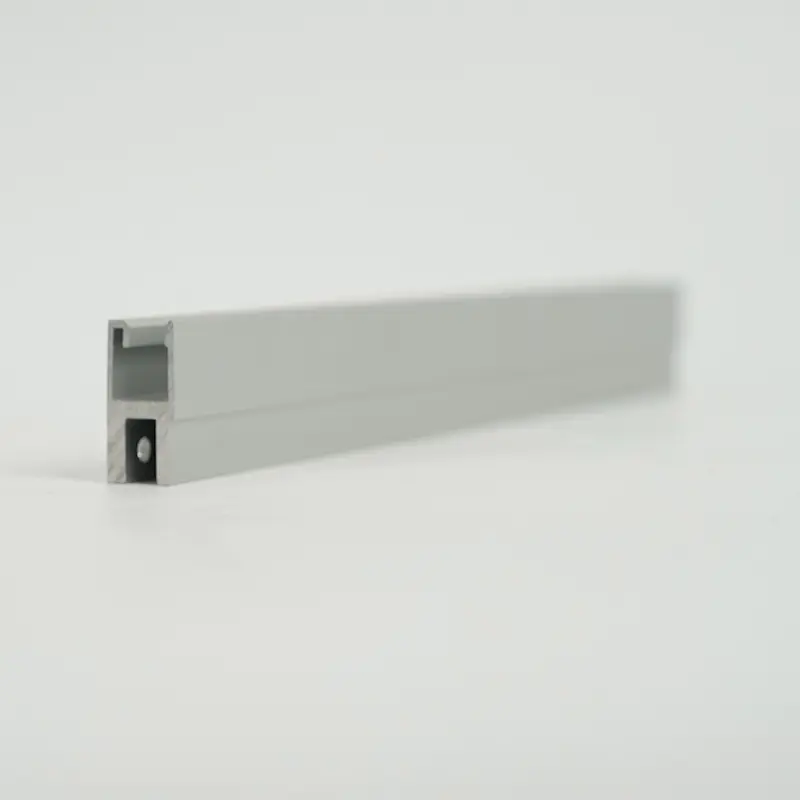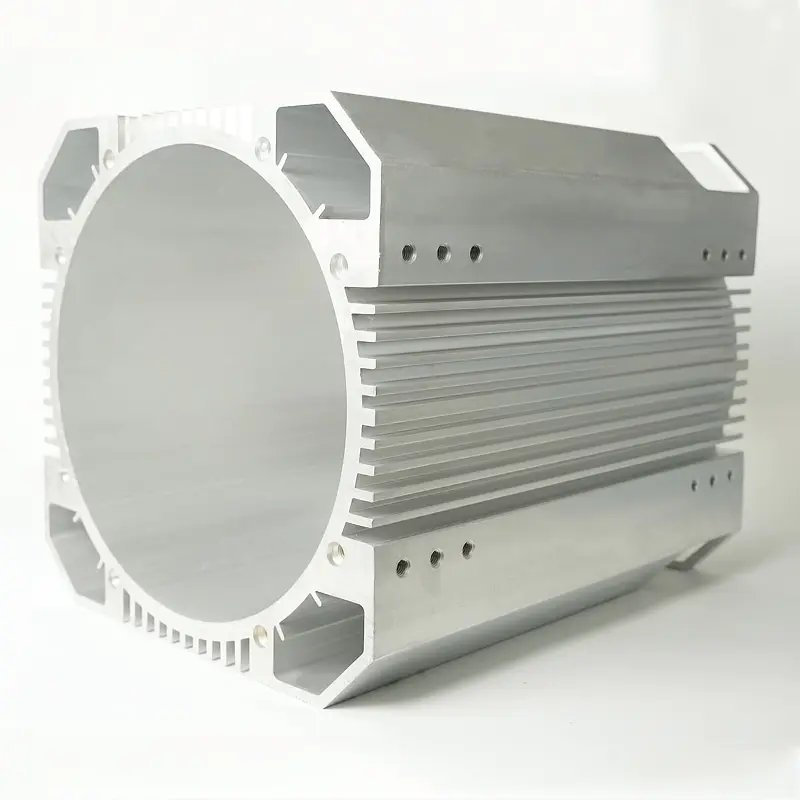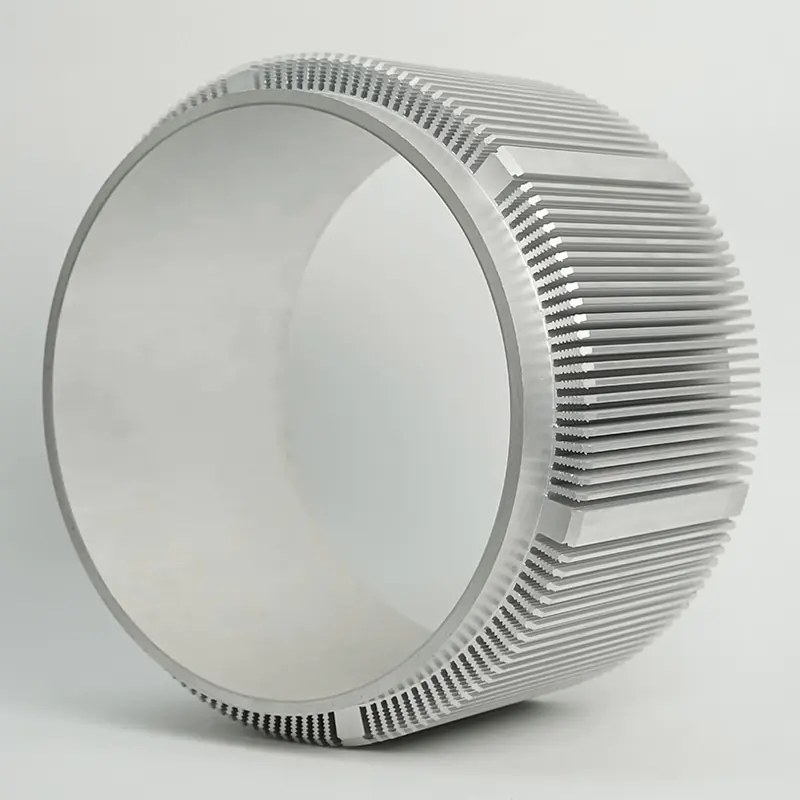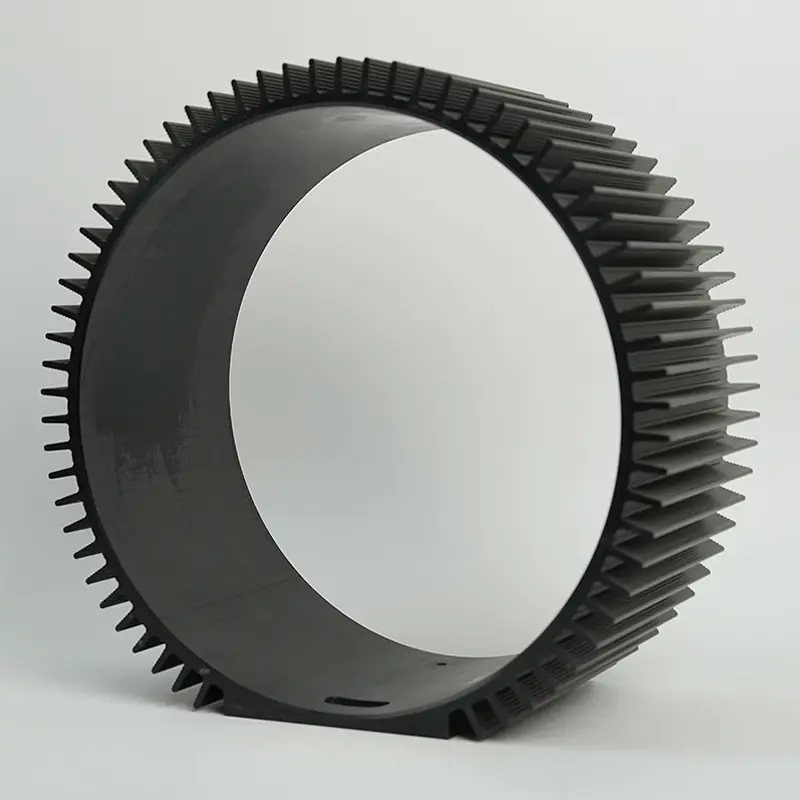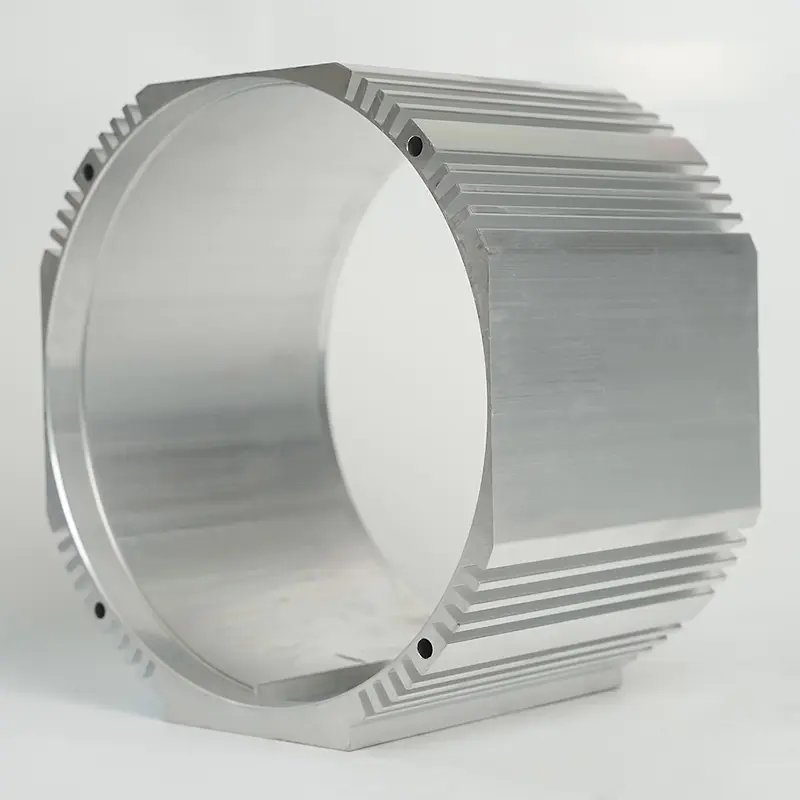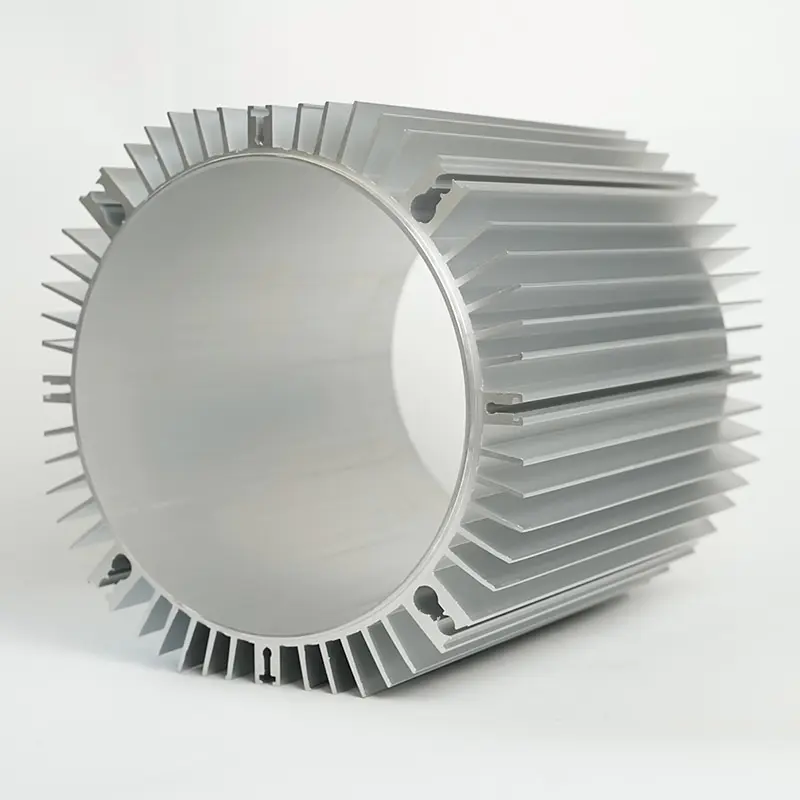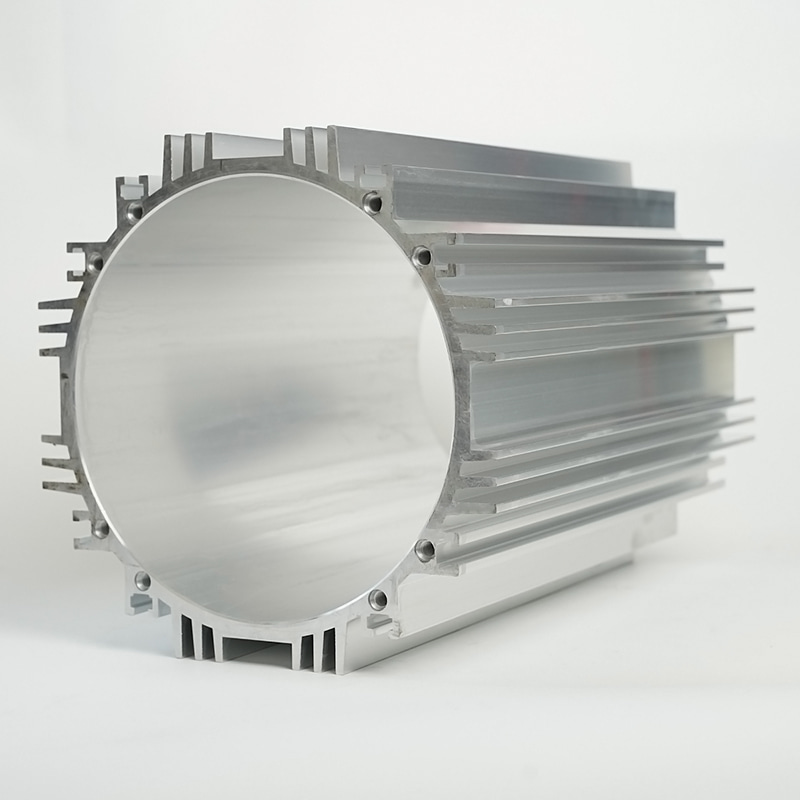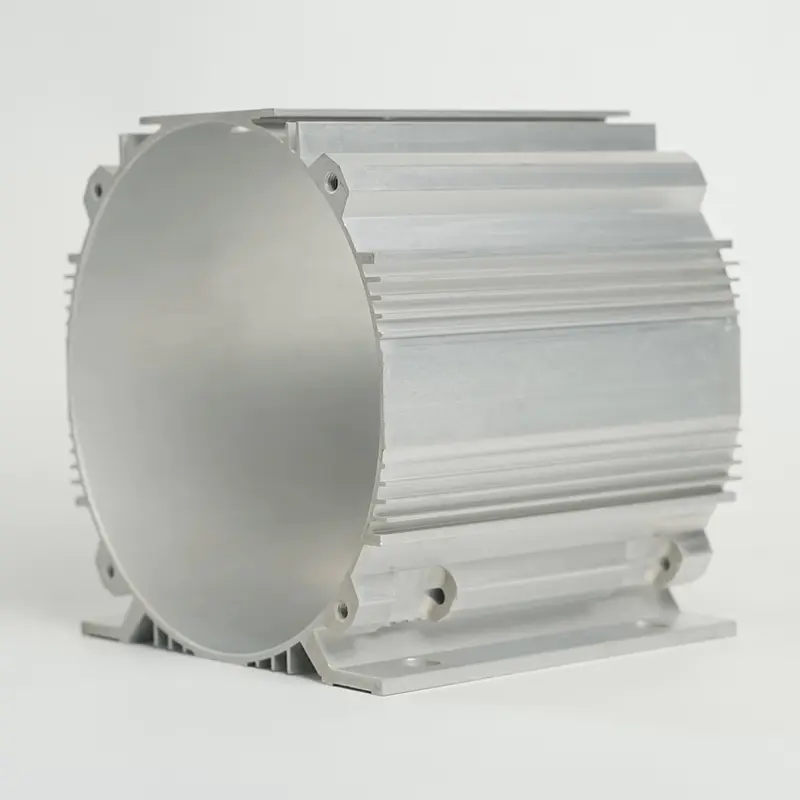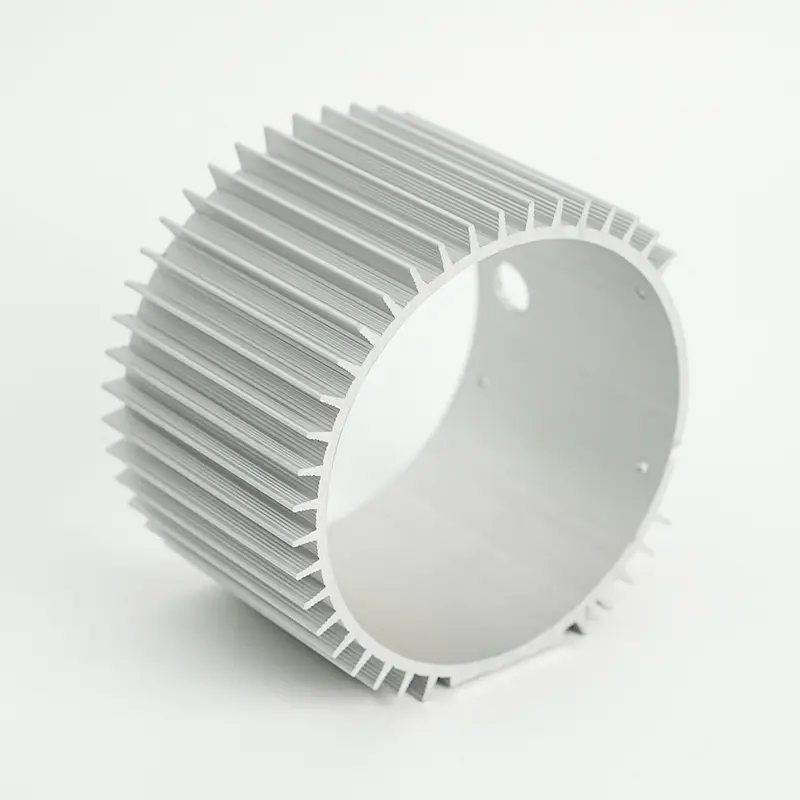Benefits of Energy Storage Heat Sinks Housing
1.Efficient Heat Dissipation:
Optimized Thermal Management: The primary function of the heat
sinks housing is to dissipate heat effectively from energy storage components. This is
crucial for maintaining optimal operating temperatures and preventing overheating, which
can degrade the performance and lifespan of batteries and electronic components.
2.Enhanced Reliability and Longevity:
By managing heat efficiently, the housing contributes
to the reliability and longevity of energy storage systems. Components such as batteries
and capacitors operate more reliably when maintained within their ideal temperature range,
leading to reduced failure rates and extended operational life.
3.Improved Performance:
Effective heat dissipation allows energy storage systems to operate
at peak performance levels. Heat buildup can lead to thermal runaway or loss of efficiency
in energy conversion processes. Proper thermal management provided by the housing ensures
consistent and efficient operation.
4.Reduced Maintenance Costs:
Minimizing heat-related issues through the use of heat sinks
housing reduces the need for maintenance and repairs. This lowers overall operational costs
associated with energy storage systems, making them more economical over their lifetime.
5.Environmental Benefits:
Energy storage systems play a key role in enabling renewable
energy integration and reducing greenhouse gas emissions. By improving the efficiency and
reliability of energy storage components, heat sinks housing supports the broader goal of
sustainability and environmental stewardship.
6.Customization and Design Flexibility:
Heat sinks housings are designed to accommodate
specific requirements of different energy storage applications. They can be customized in
terms of size, shape, and thermal management features (such as fins or heat pipes) to
optimize performance based on the system's operational needs.
7.Compatibility and Integration:
The housing is designed to integrate seamlessly with
various types of energy storage technologies, including lithium-ion batteries,
supercapacitors, and other emerging storage solutions. It ensures compatibility with the
electrical and mechanical interfaces of these components.
8.Safety Assurance:
Efficient heat dissipation also contributes to safety by reducing the
risk of thermal events or overheating-related hazards. This is particularly important in
applications such as electric vehicles (EVs) and stationary energy storage systems where
safety standards are stringent.


 English
English Español
Español
